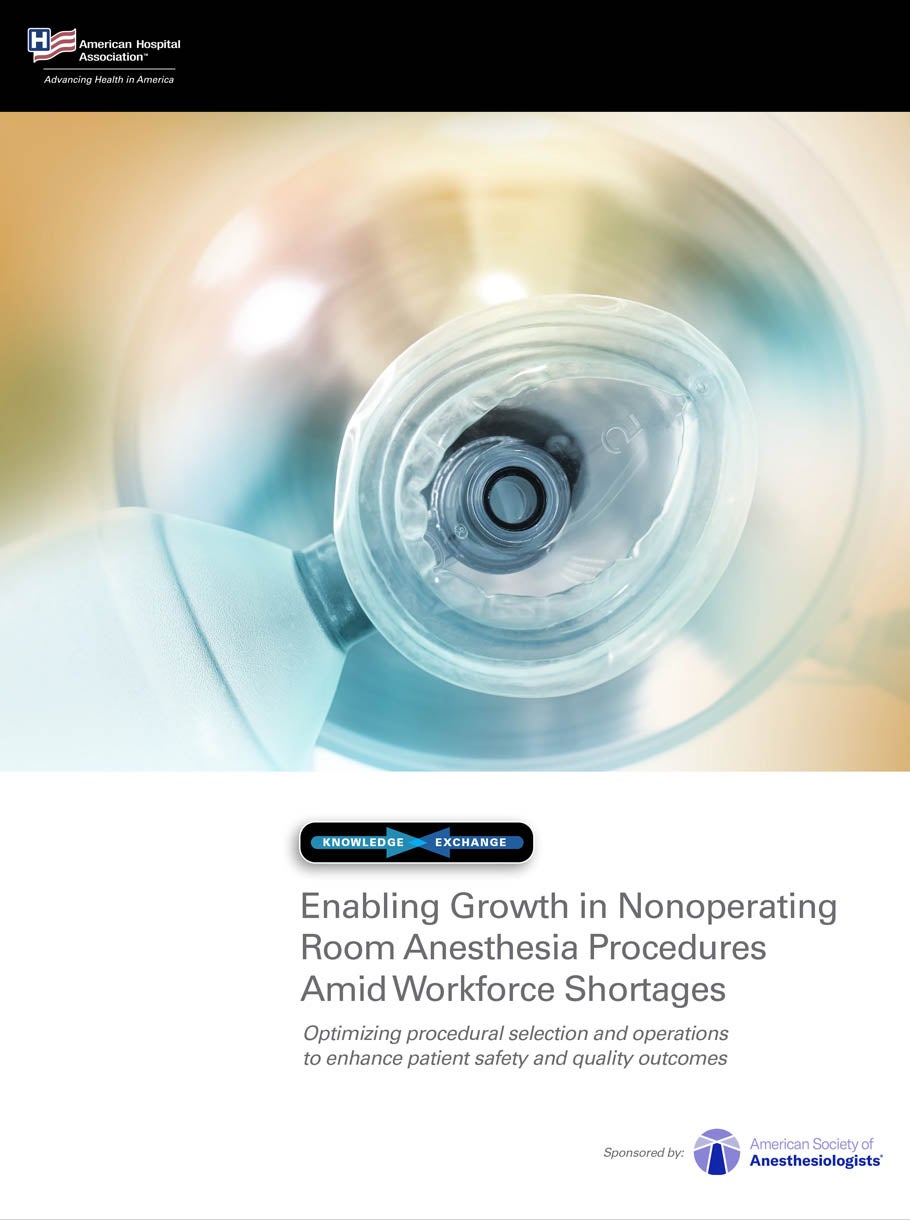
Enabling Growth in Nonoperating Room Anesthesia Procedures Amid Workforce Shortages

Enabling Growth in Nonoperating Room Anesthesia Procedures Amid Workforce Shortages
AHA Knowledge Exchange
Optimizing procedural selection and operations to enhance patient safety and quality outcomes
Driving the rapid rise in anesthesia cases performed outside the traditional operating room suite are advances in surgical technology, innovations in complex invasive procedures, payer incentives to shift cases to ambulatory surgery centers (ASCs), and an aging population with increasing comorbidity burden. Nonoperating room anesthesia (NORA) cases are expected to account for more than 50% of all anesthesia cases in the next decade. Anesthesiologists are taking a lead role in working with surgeons, proceduralists and hospital executives to create a care redesign process for the increase in NORA services across sites and maintain high-quality outcomes based on the hospital’s strategic priorities and resources. This Knowledge Exchange explores strategies to address considerations in patient selection and the perioperative process to improve efficiency and safety.
10 steps health leaders are taking to meet patients’ surgical and procedural demands with high-quality outcomes
- Screen and select patients for appropriate sedation and setting. Conduct an anesthesia preoperative assessment and address modifiable risk factors.
- Use anesthesia preoperative evaluations to reduce same-day NORA cancellations.
- Streamline communication among surgeons, proceduralists and anesthesia services with electronic health records (EHRs) and health information exchanges.
- Provide anesthesia guidelines to practitioners, surgeons and other providers who may be responsible for hypertension management programs.
- Develop specialized training for procedural physicians and RNs for moderate sedation in endoscopy, interventional radiology and pain procedures.
- Evaluate the appropriate anesthesia staffing model based on patient risk, procedure complexity, and available staff resources and training.
- Create NORA rules and culture similar to that of the regular operating rooms (ORs), e.g., measuring first-case, on-time starts.
- Centralize scheduling for both OR and NORA cases for anesthesia staffing and support personnel who may be deployed to these areas.
- Employ dashboards and perioperative tracking for procedures with metrics for on-time starts, case lengths, any case delays, and utilization of anesthesia minutes.
- Position NORA locations as close as possible to OR locations in new facilities or renovations.
Participants
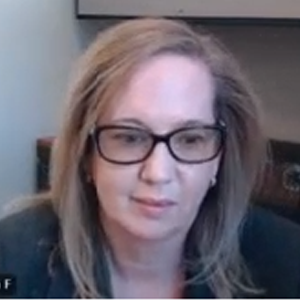
Olivia Ajja, MBA, CRNA
Senior Vice President and Chief Operating Officer
University of Minnesota Medical Center

Kathryn Bertany, M.D., MBA
CEO
Bozeman Health

Brenda Davis, BSN, MBA, R.N.
CEO
CapRock Health
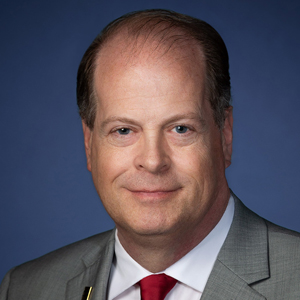
Ronald Harter, M.D., FASA
President
American Society of Anesthesiologists
Professor of Anesthesiology
The Ohio State University Wexner Medical Center
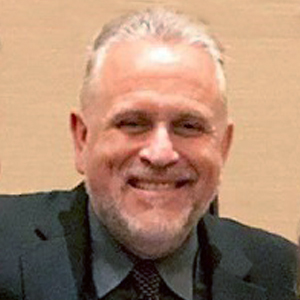
Jay Jadlowski, BSN, R.N., NE-BC
Operations Leader, Surgical Services
Methodist Hospital

Esteban Miller, M.D.
Chief Medical Officer
Black River Memorial Hospital
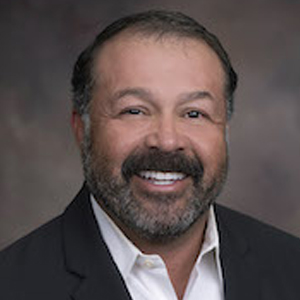
Freddy Olivarez, MSHA
CEO
Medical Arts Hospital

Mary Dale Peterson, M.D., MSHCA, FASA, FACHE
Executive Vice President and Chief Operating Officer
Driscoll Children’s Health System

Nicole Schweitzer, MBA, FACHE
Executive Director of Provider and Clinical Services
Black River Memorial Hospital

Brittlyn Vergenal, R.N., CNOR
Director of Perioperative Services
Bayou Bend Health System
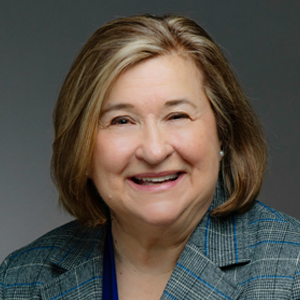
Moderator:
Suzanna Hoppszallern
Senior Editor, Center for Health Innovation
American Hospital Association
AHA Knowledge Exchange
Gain insights from the C-suite and health care leaders on the most pressing issues and transformational strategies.


